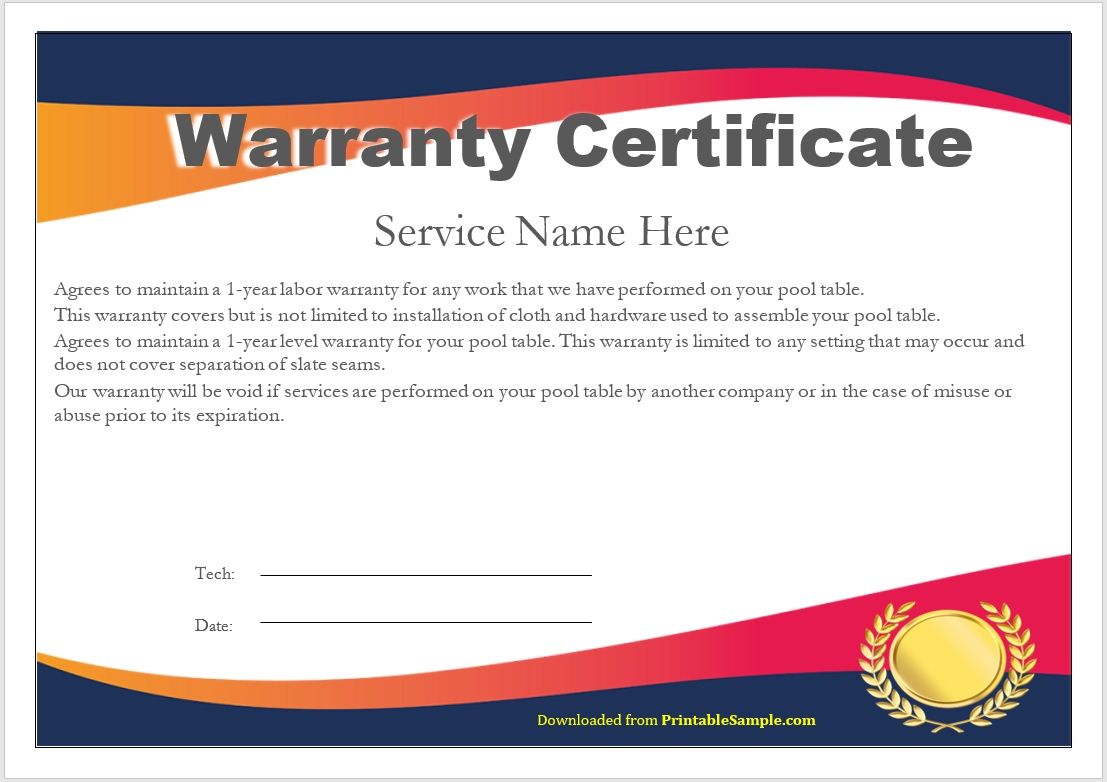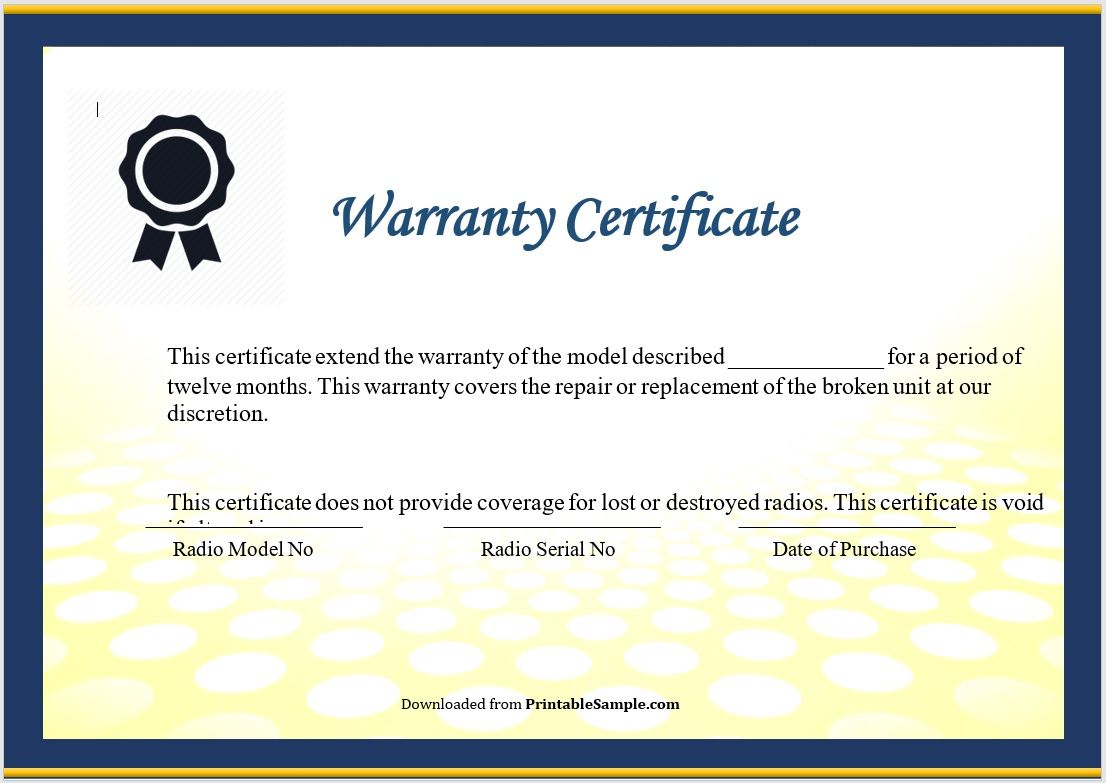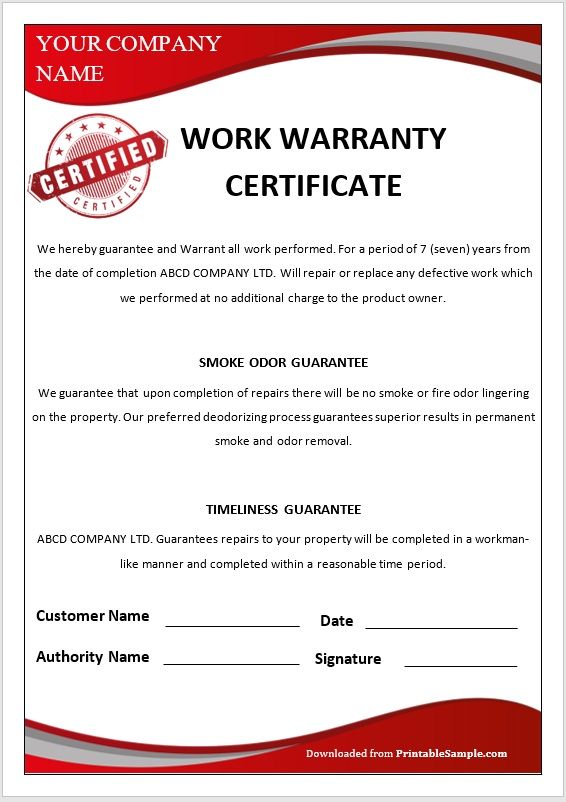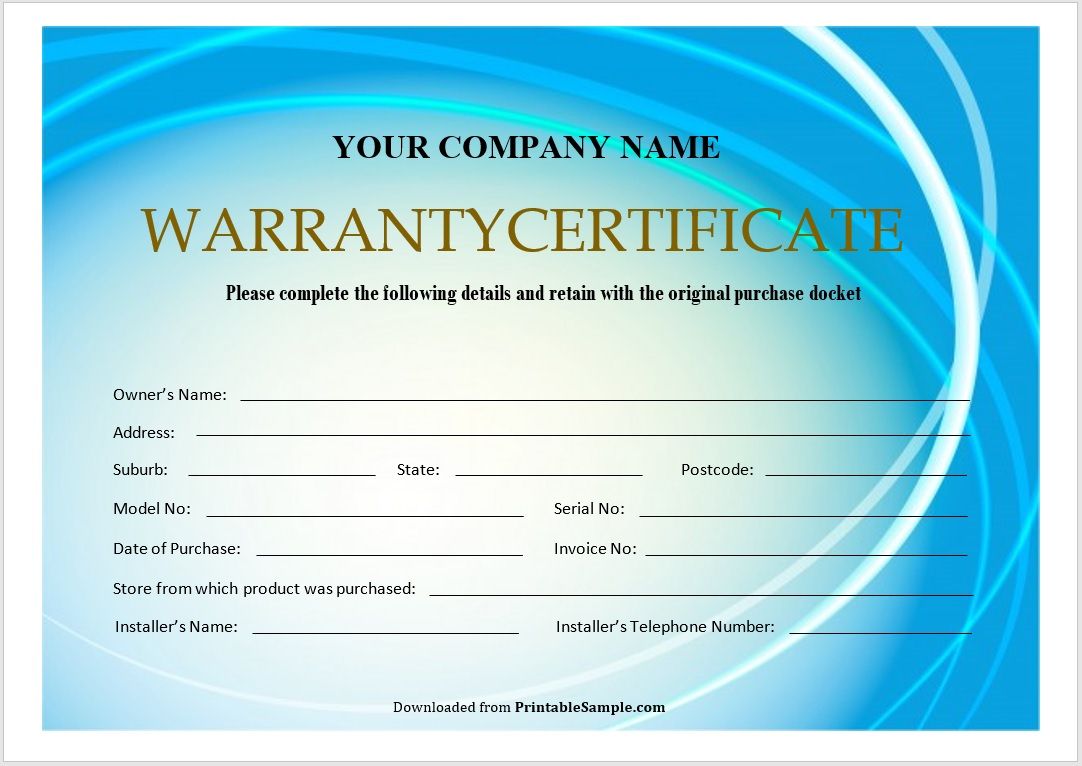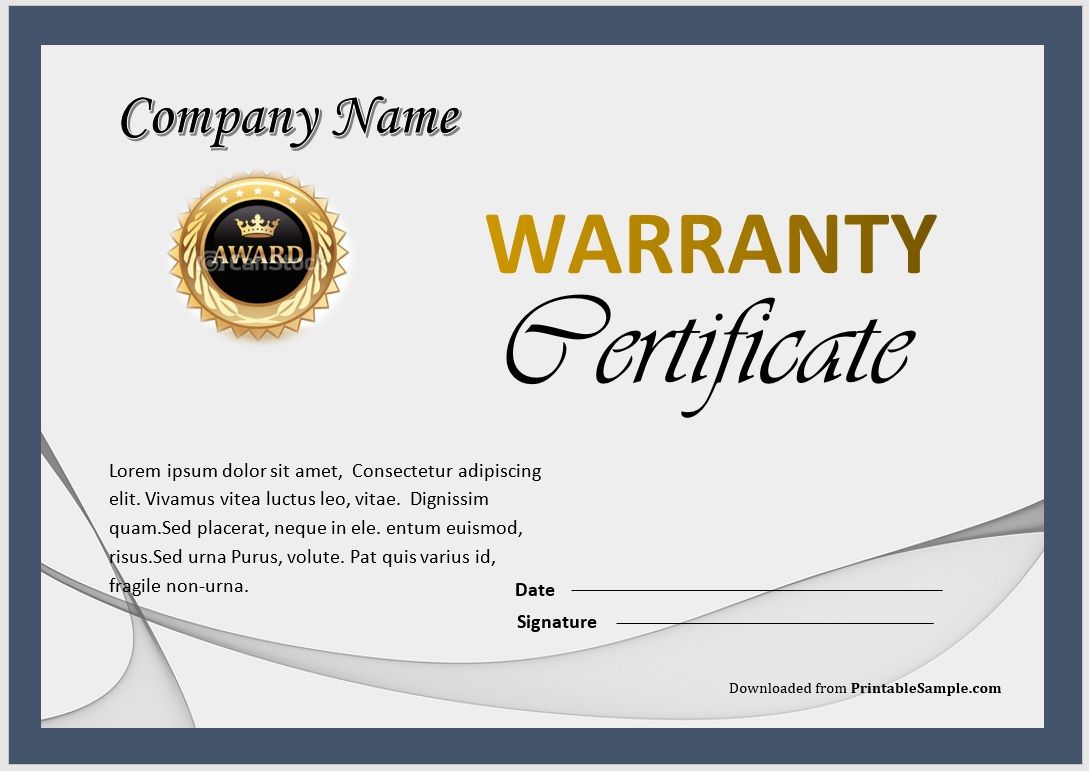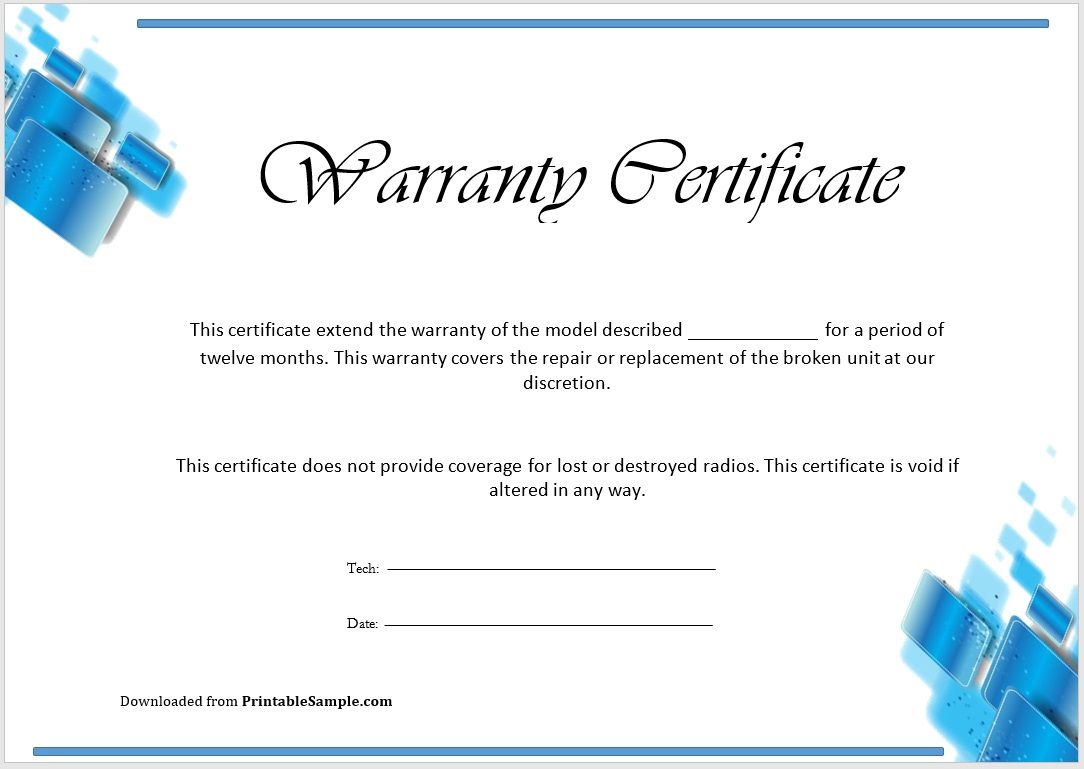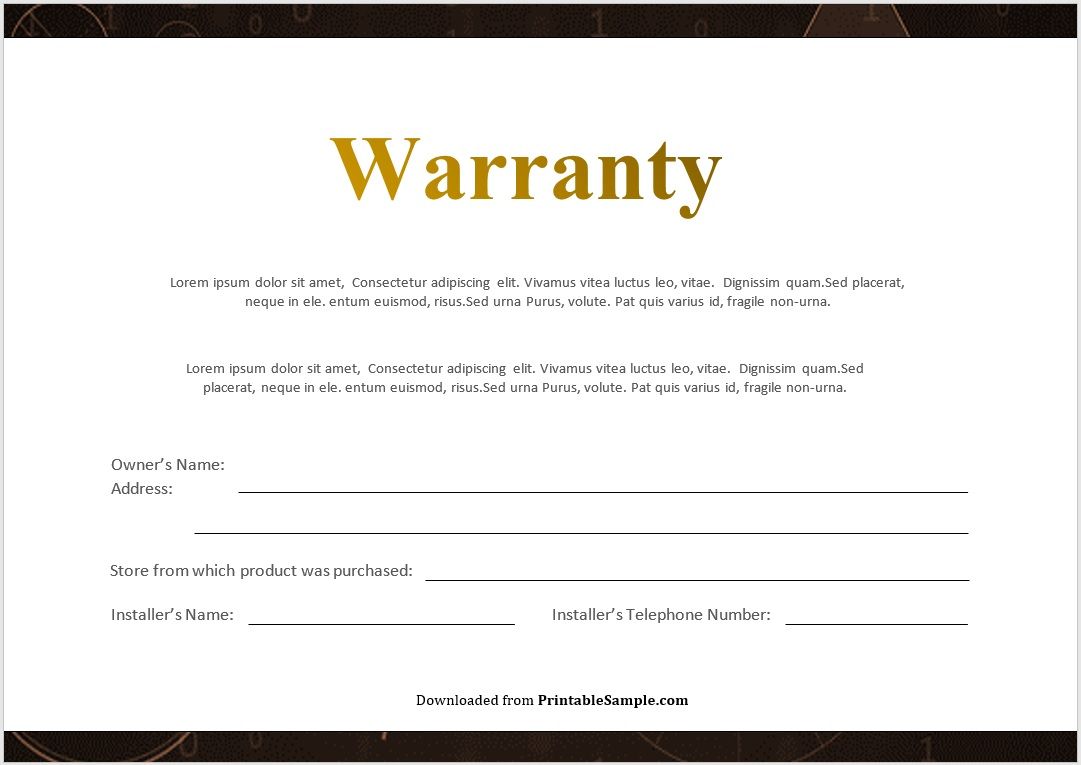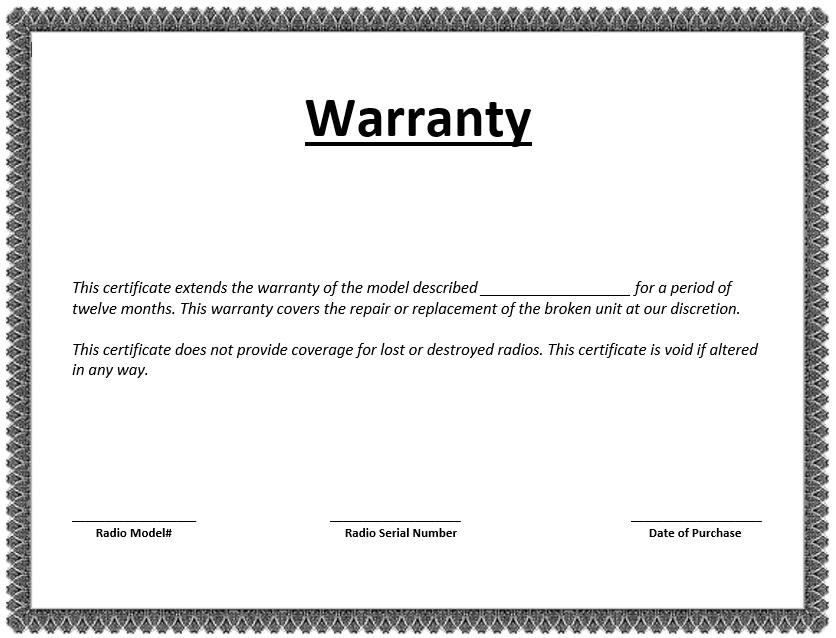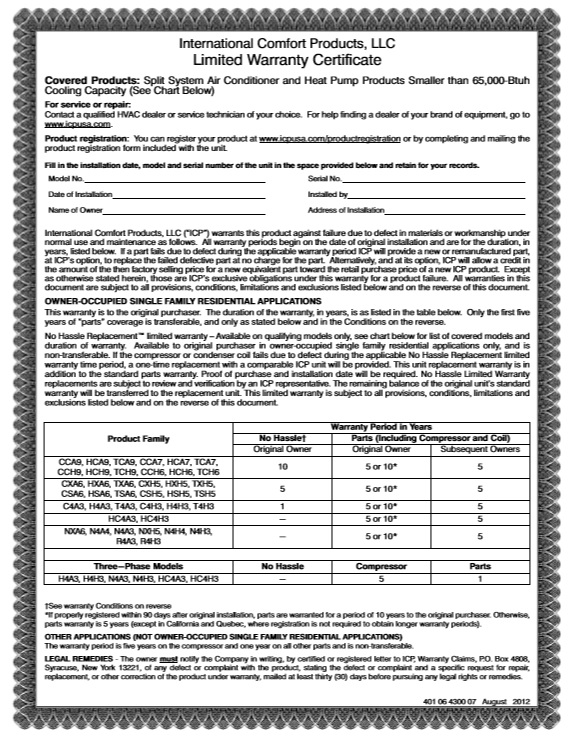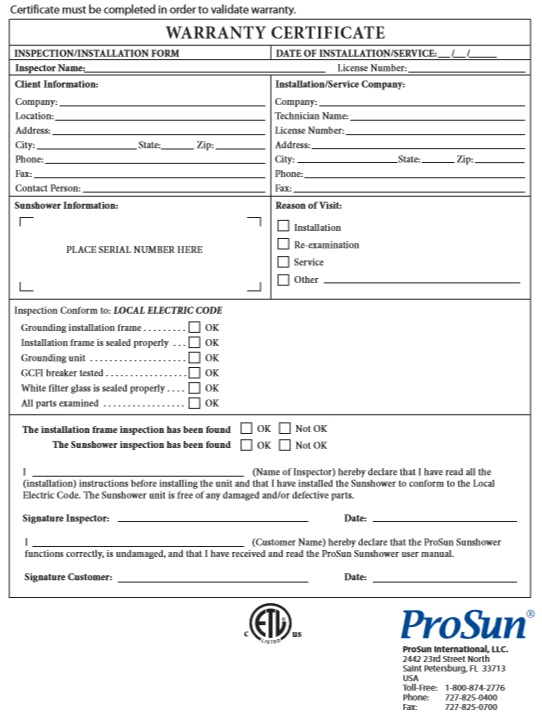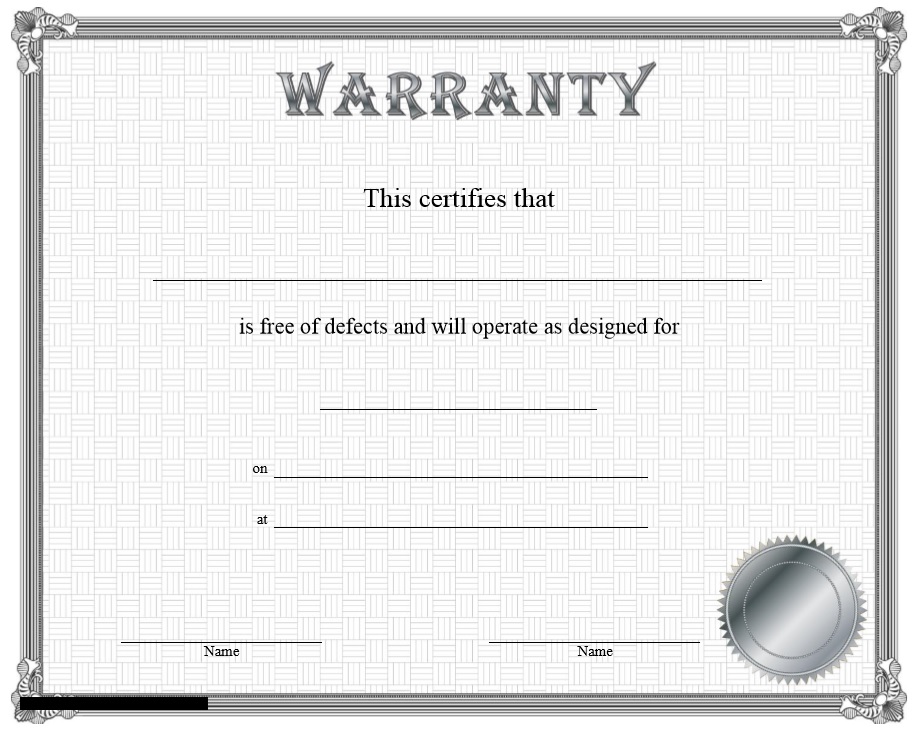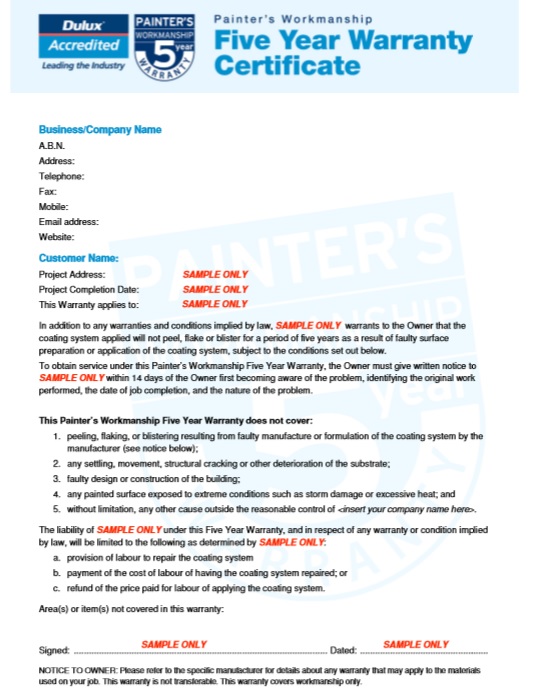Even a domestic shopper, who buys household products from a mart he usually goes to, will look for a warranty certificate for the products sold to him. When the shopkeeper assures him that the product comes with a warranty included, the customer with blind trust in the retailer purchases the product. Some of them will ask about the details like warranty period and guarantee for replacement if the product fails its normal operation. But, only a very few will go through the warranty certificate in detail. The reason is an ordinary layman will not know what information to look for in the piece of paper he’s provided with.
To break all such inhibitions, discussed here are details of a warranty certificate that every buyer and seller must know. A warranty certificate is a contractual agreement between the buyer and the seller. It is to fulfill the obligation of the seller promising to provide quality goods to the buyer and the eligibility of the buyer to seek replacement/repair in case of any merchandise defect from the seller.
Contents
Key Elements of Warranty Certificates
The key elements of a warranty certificate are coverage period, the reason for coverage, coverage inclusions and exclusions and coverage type offered. The first component is the duration until which a product can be provided with warranty services. The retailer calculates a coverage period based on the cost of the commodity and regular operating range of the appliance/machinery. This period provides an umbrella for the purchaser within which he can claim the exchange of the product or free repairs. Any claims made beyond this period will be charged the fee for the services rendered.
The next clause to look for is the reason for coverage. The coverage does not include the goods which undergo the usual wear and tear in the longer run, or are ruined if it is inappropriately handled due to inadequate knowledge of how to operate the machinery, or due to thoughtless oversight of the user while working on and maintaining the machine. The scope will extend for goods which are not working the way they are supposed to and not to their full efficiency and if the merchandise is not as promised by the seller.
The third thing to look for in a warranty certificate is inclusions and exclusions. The extras and the accessories coming with the product are sometimes not included in the coverage document. The reason is that these additions have a very short life. They either get used or damaged easily than the main functional product. For instance, in automobiles, lubrication oil will not be covered in the warranty as it can be exhausted way before the automobile itself gets worn out.
The next main thing to observe is the type of services offered. Repair or replacement is the standard type of benefit provided. Some merchants may offer free maintenance services to attract customers and to stay on top of the retail network. In addition to the warranty documents, some sellers also provide handling/usage standards and precautions for safety guides.
All in all, warranty and guarantees are an important means for the shopkeepers to establish credulity in the pool of customers and to draw them back to their shops again and again.
Free Warranty Certificate Templates (Exclusive )
Here are 10 Free Warranty Certificate Templates that we created for our website visitors exclusively.
Legal Challenges in Warranty Certificates
Ambiguity in Warranty Terms and Conditions
Many of the most common legal difficulties surrounding warranty certificates arise out of vague or ambiguous language. As long as warranty terms, such as “normal use,” “defective,” or “lifetime coverage,” are left open to trial, disputes can arise between the manufacturer or seller and the consumers. Courts often scrutinize these terms to see if those hinge on a reasonable and fair standard for consumer contracts. If someone finds that the terms in the warranty certificate are against consumers interests or that they render doubt in the mind of a reasonable consumer, such terms may be rendered unenforceable, causing the businesses a lot of legal liability. To lessen this risk, companies must make sure that each clause within the warranty certificate is clearly worded, legally sound, and easy to understand to the typical consumer.
Failure to Comply with Consumer Protection Laws
Another legal issue presents itself when warranty certificates diverge from regional or national consumer protection laws. For example, the Magnuson-Moss Warranty Act imposes certain conditions on warranties in the United States, including the naming of the warranty as either “full” or “limited” and the requirement to disclose in simple terms what is included, what is not included, and what steps to take in order to claim a warranty. The European Union has similar requirements in place through directives that call for clarity, equity, and transparency. Noncompliance with these legal frameworks may incur regulatory penalties or fines, or necessitate some form of corrective action. Therefore, companies should ensure their warranty wording remains current with evolving laws and reflects jurisdictional requirements.
Disclaimers and Limitations of Liability
Most warranty certificates contain disclaimers and limits of liability for the purposes of curtailing the company’s responsibility to a certain set of circumstances; however, such limitations must be carefully crafted. Overly broad or one-sided disclaimers are invalid in court. For example, a disclaimer will breach public policy or consumer law protections if it attempts to disclaim all liability for consequential damages. Courts generally tend to look for some balance whereby businesses have their protections while consumers do not unreasonably suffer from deprivation of their legally given rights. For example, a company should seek legal advice when drafting warranties and also conduct regular reviews of all warranties to determine whether or not they are compliant and enforceable across different legal jurisdictions.
Free Sample Warranty Certificate Templates
Here are 8 more free Sample Warranty Certificate Templates selected from public domain to assist you fully.
Common Mistakes in Warranty Certificates
A warranty certificate is a key document setting out the terms of the guarantee for a product, but the most common errors in its preparation lead to disputes and dissatisfied customers. One of the most frequent causes is the use of vague or ambiguous language, where terms of coverage, exclusions, and conditions are not clearly defined. This lack of precision leads to confusion about the warranty rights and responsibilities of customers. Among other things, a warranty certificate that fails to include the validity period of the warranty, its effective date, and the detailed terms of the coverage under the warranty can be rendered void, giving rise to legal suits or denying warranty claims.
One more fault is that the omnipresent process is not specified in a warranty claim, which would have ensured that the consumers would be somewhat at ease if they had to send the product in for service or had to return it altogether. The customer is often left confused on the documentation required, process steps to submit a claim, and turn around times for resolution. It frustrates the customer and creates a bad image of the brand. Wrong and contradictory information within the certificate as to terms and old policy can create misunderstandings and legal tangles.
Furthermore, many of the companies fail to comply with the consumer protection laws, which can render warranties void or penalties for non-compliance. Failure to recognize the applicable regional or industry-specific regulations can render a warranty unenforceable, exposing both the organization and the consumer to risk. Moreover, many businesses do not incorporate limitation of liabilities, which greatly increases their financial exposure to grievous failures of products. A well-drafted warranty certificate ought to be clear, legally compliant, imperative, and indicative for both the business and the consumer with added value of trust and reliability.


